Vitargo (1925g)
$144.95
Description
Vitargo
Vitargo is a patented fraction of non-bioengineered starch, a sugar-free carbohydrate for Fueling (PRE and INTRA) and Recovery (POST), for any intense training or competition. Vitargo is unique in that it has been university tested in humans for its speed through the stomach (gastric emptying)1, muscle glycogen replacement2, and recovery performance after exhaustive exercise3. No other “designer” carb product has this evidence, including gels, “special” starches, maltodextrin/glucose polymers, special “homopolysaccharides”, or highly branched cyclic dextrin (HBCD).
Every Superhero has an Origin Story. This is Vitargo’s.
In 1994 I met Professor Eric Hultman, whose university lab gave rise to these titanic sports nutrition innovations: carb loading (to maximize muscle glycogen and endurance; 1960s) and creatine loading (to increase muscle strength, size, and power; 1980s). In 1996 he sent me the secret results of a carb vs. carb comparison study-with muscle biopsies-that they had just finished.
The reason for this urgent contact?
It was because the results had surprised him. He had originally designed the study thinking, “A carb is a carb”, but after exhaustive exercise and intensive post-exercise carbohydrate supplementation, one carb stood out for a very important reason: it delivered much faster muscle glycogen “refueling”. As you’ve likely surmised, that unique carbohydrate was Vitargo®.
Vitargo is a multi-patented, fractionated starch, and was the first sugar-free, ultra “complex” carb yet it is “ultra fast”-the exact opposite of what many would expect. Through numerous university studies in humans (often head-to-head against the fastest generic carb-maltodextrin, AKA glucose polymers), Vitargo’s speed through the gut and entry into muscle (via muscle biopsy studies) make it the confident choice for: PRE, INTRA, and POST fueling, glycogen loading, and the perfect stack with pre-workout, amino acid/BCAAs, protein, and electrolyte products, so you can dial in the perfect carb dose.
Vitargo remains the benchmark carb, reinforced by our continuous, ongoing university research program in both strength/physique and endurance athletes. If you are low carb, keto, Paleo, vegan, or just “regular carb”, I invite you to read on and consider Vitargo for those moments when carbs become critical. The Fastest Muscle Fuel™. Proof Before Promises®.
Anthony L. Almada, MSc, FISSN (Nutritional & exercise biochemist)
Founder and CEO
Vitargo Global Sciences, Inc.
-Co-founder of EAS, the company that first brought creatine monohydrate and Vitargo from Sweden to North America
-Creator of “thermogenic” category of supplements
We Focus on Real World Biology, NOT Test Tube Chemistry
3 BIG Myths (and How To Fix Them)
1. Molecular weight-a chemical mass “scale” of how big a certain carb molecule is-does not predict how fast it gets into the blood, or muscle. I’ve heard this since we first introduced Vitargo S2 in 2007. Example: Waxy Maize Starch (WMS), a humongous carbohydrate, was described in a university study (funded by the United States Army) as a slow digesting starch, digestion being the gateway to entering the blood, and a long distance (in “metabolism miles”) from entering muscle. Vitargo’s stout molecular weight is equal to about 4,500 dextrose (glucose) molecules, yet connected in a highly branched network. Despite Vitargo being ultra “complex”-the opposite of a “simple” carb (like dextrose, or “cane sugar” AKA sucrose)-it morphs into ultra fast once it hits your stomach (Real World BIOLOGY).
Myth: Bigger carb molecules are fast (digesting and absorbing)
Truth: Molecular weight/size does not always predict speed
Example: WMS is a large molecule but slow digesting, and never studied for its speed through the stomach (gastric emptying)
2. Osmolality (often described in mOsm), besides being hard to pronounce, is a physical/chemical measure that is hard to visualize. I see this word a lot in carb discussions, especially in relation to bloating (or not bloating). It is partly related to a carb’s molecular size, and a way of describing how many individual molecules of a certain weight of carbs (say 50 grams) are present in a liquid. Low mOsm is supposed to mean fast emptying from the stomach…
Myth: Osmolality is what determines speed (through, or emptying from, the stomach)
Truth: Osmolality does NOT necessarily determine speed
Example 1: In a 2005 human study that compared a very low mOsm carb-highly branched cyclic dextrin (HBCD)-to maltodextrin, with a 13x higher mOsm, HBCD exited the stomach over 50% slower
Example 2: Vitargo has a low mOsm yet in a university study it was shown to exit the stomach and enter the small intestine 2.3x faster than a blend of (mostly) maltodextrin and sugars in the first ten minutes (Real World BIOLOGY)
When we first began explaining to athletes the rapid transit speed of Vitargo we often felt like we ran into a wall-and it wasn’t padded: “There’s no way I could take that much and not blow up!”, a frequent double negative reply we heard. But more and more tried, and then believed. Vitargo’s speed through the gut lets strength and physique athletes gulp Vitargo worry-free during intense training, like when the abdominal section is compressed (think deep squats, leg press, deadlifts), and allows endurance/ultra endurance athletes to take in up to 150-200 grams (600-800 kcal) of Vitargo/hour at race pace, without bloating and “gut rot”, even on a bike, in or out of the seat, or during open water swimming.
3. Mixability-since when does the ease of mixing a carb in a shaker bottle (Test Tube CHEMISTRY) dictate what it does in your body (Real World BIOLOGY)? It’s laughable. Here’s just one example of a myth you may have heard: Myth: Creatine breaks down in stomach acid (in a test tube) Truth: Within 30-45 minutes after you ingest creatine, many university studies in humans (including a few I have collaborated on) have shown blood creatine (NOT creatinine, a creatine breakdown product) to spike over 10-15x higher than before it was ingested (if it degraded in stomach acid it would NOT make it into the blood as creatine-Real World BIOLOGY) Example: Sticking with Real World Application, Vitargo does require a slightly different mixing strategy-like adding water first to your shaker bottle or blender-but it’s the strategic university studies that prove its unique speed in your body.
WHEN You Carb-Think VITARGO
For many athletes-especially physique and functional athletes-carbs are often considered an afterthought, assumed to be less than essential for fuelling or recovery, and often questioned in relation to promoting adaptations to training, such as getting:
- Stronger
- Faster
- More Endurance
- Greater Muscle Mass
I’ve seen a lot of research studies over the past few decades, all over the map in relation to macronutrient (“macros”; dietary carbs, fats, and proteins) numbers, ratios, and even timing. Two maybe obvious and perhaps revolutionary forces are emerging at the intersection of performance nutrition and macros:
1) Metabolic individuality-a concept that each person has a different “metabolism” may also operate with dietary carbs and fats. We first saw this in short term creatine monohydrate loading university-based studies we were doing. Some athletes showed dramatic increases in muscle creatine and lean body mass, and some did not-this is where the term “non-responder” was first used (we later learned that everyone is a responder, IF you use creatine correctly…). Some keto and low carb studies show that some people respond almost magically, with impressive performance numbers or metabolic response, and others do not-specifically, their performance can suck.
2) Intensity-Guided Fuelling Strategy-when I first started reading about low carb and keto diet research and then tried to translate it to REAL WORLD conditions-athletes training and competing-I couldn’t wrap my thoughts around how these athletes were doing high intensity exercise, or maintaining race pace. What has been leaking out-and we’ve spoken with a number of these elite keto athletes to get first hand comments-is that these athletes ARE using carbs, just before, during, and even just after these bouts. Some reach for carbs on select, ultra intense days (leg training; or when carb cycling), and some just the night before and day of competition (race or contest)-but they fuel with carbs because they discovered they couldn’t get the work or race done without them.
From all of the exercise biochemistry research that exists emerge the First 2 Laws of Muscle Metabolism:
- Any exercise uses carbs as a partial fuel, even in a ketogenic/keto-adapted state
- The higher the intensity the higher the percent reliance on carbs as fuel (and the less on fat)
Problem-You can never “break” these laws, but if you undercarb-from your meals days or hours before-you could be putting the brakes on your own high intensity performance.
Solution-Tapping into the “Jet Fuel” of your stored carbs rips the brakes off, allowing you to get after maximum strength, power, speed, and endurance. If you train LOWER intensity, or never compete or race, your body may be able to convert your excess dietary protein intakes (more than 0.1 grams protein/lb of body weight for younger adult athletes, per meal or dose, and more than 0.18 grams/lb of body weight for older athletes), and lactate formed during training, into muscle and liver glycogen-giving you enough to get by. If you want to increase the intensity, or are answering the call of competition, it may be time to practice Strategic Carbing-around the time of training or competing.
Low Carb/Keto-Is VITARGO Possible?
If you’ve ever been inspired (or required) to do a high intensity workout, or engage in an athletic/sport competition, while in a short-term (one day) or long-term (weeks to months) low carb or keto-adapted state (simply stated, keto-adapted means approximately less than 50 g carbs/day for several weeks to months), chances are it was not easy, you didn’t PR, or it was less than memorable. Maybe you tried to power through it by upping your pre-workout/pre-race STIM (stimulant) dose, and found that STIM doesn’t always equal FUEL.
I have worked with hundreds of intensively training, low carb (60-150 g carbs/day) and presumably keto athletes and suggest this Strategic Carbing Solution:
On days where you need to dial up the training intensity, when “one-a-days” become “two-a-days”, or when you are in competition mode (and race pace makes training pace look like standing still), shift your daily carb allocation to just before and/or during your training or comp (some choose to “save” carbs until just around a competition-that’s OK), allow the speed of Vitargo to do the fueling work, AND let it be your sole or major source of carbs for that day. Mix Vitargo with your pre-workout supplement (if you use one) and GULP it all down, about 20-45 minutes before training or competition. Still low carb, still possibly keto (depending on how much you use), but fuelled for the most important segment of your waking hours. The results most of these athletes have experienced have inspired them to continue to Strategic Carb with Vitargo and still align with their 24-hour macro goals.
Fueling is All in Your Head…
One of the most overlooked components of a good, high intensity workout is having peak activation of your Central Nervous System (CNS; the initials of your brain and all of its spinal wiring). This is what distinguishes a “good” workout from a “killer” one-you know, the workouts when you have to be peeled off the floor, you’re sprawled flat on the track or trail, or are forced to hold on to the side of a pool, or a railing while walking down stairs…which is also the kind of workout that’s sure to induce maximal gains-the gains you’ll see weeks later as performance and body comp changes (function and physique adaptation).
This type of intensity demands that your CNS is locked in, not out of, your body. The brain stores a few grams of glycogen and likes blood glucose as a fuel during intense training or competition. The brain also uses glycogen indirectly, via the ultimate by-product of glycogen breakdown (called lactate), as a fuel during exercise (if you’ve been fasting, or have ingested MCTs, coconut oil, or even ketone salts, you could be using some ketones…). For these reasons, you’re going to want the Fastest Muscle Fuel™ doing double duty as CNS fuel. Think of it as Jet Fuel for your brain.
Stim + Fuel Stack-Most pre-workout products contain stimulants (STIM “energy”), but minimal to zero FUEL energy (low to zero carbs). It’s a bit like a race car revving its engine while standing still, but when it tries to accelerate at full throttle up a hill it literally “gases out” minutes later. Adding Vitargo can be like flooding racing fuel into a race car engine; it’s a powerful feeling, and a perfect partner to STIM energy.
Muscle Carbohydrate and Volume-It’s the Water
I remember well the first time I combined creatine monohydrate with a lot of carbs-at the same time. University studies at a prominent university in England (that I helped set up) showed that one way to increase muscle creatine uptake and accumulation was to take creatine monohydrate along with a food or supplement source that also raised blood insulin to a sufficiently high concentration. In the early to mid 1990’s we foolishly thought that a small glass/about 4 ounces of grape juice-which sports among the highest amount of sugars/ounce of all juices-was enough, but it turns out that we were way off-by about 75%.
So I took creatine monohydrate (8 grams, 3x/day, combined with about 20-30 grams of protein and 70-100 grams of carbs-coming from powders or meals-every day, for weeks). I gained over 6 lbs (the only time I came close to weighing 190 lbs/86 kg), and was still lean, within 7-8 days, and weeks later. No puffiness or bloat, but my clothing fit more snugly in places that I wanted: thighs, arms, chest, and shoulders. Even better, my maximal strength and endurance also jumped, big time. I was unable to find a muscle biopsy needle in my tool shed so I never measured my muscle glycogen change, but my bet is that it went up by at least 20% in those first 1-2 days. I’m not telling a creatine monohydrate story here, so what is my point? Cell Volumization-20th century style.
Cell Volumizing-From the “Co-Inventor”
Back in the early 90’s I co-“invented” the phrases “cell volumizing” and “cell volumizer” to describe the possible effects of some familiar muscle cell bioactives, like creatine and glutamine. Intense training can “stress” muscle cells, by the shifts in fluids and water-attracting metabolites like lactate accumulating inside. Feeding and supplementing after intense exercise results in nutrients (glucose, amino acids, creatine) being delivered to muscle cells, which could cause cell swelling and then may trigger protein and glycogen synthesis.
Glycogen inside cells can also function as a cell volumizer through its “co-packing” with water. Increase glycogen content inside muscle cells and you have the potential to change muscle cell volumization. As carbs (as glucose from the blood) enter muscle (and liver) cells, especially those muscles that have been exercised, they undergo anabolic assembly into a tightly coiled chain, packed with water. A single pound of muscle glycogen in a bone-dry state is equivalent to a little more than 4 pounds of wet, living muscle-the engine that lurks beneath your skin. Muscle cells that are glycogen-loaded are like balloons filled with water: stretched and filled due to the increased volume of contents inside, yet not visible skin deep as “holding water”, showing edema, or “puffiness”.
3 Key Benefits
Competitive endurance and strength/physique athletes, sooner or later, do see eye to eye on at least one thing: an occasional need to carb/glycogen load-even once every 4 years. The often dramatic and rapid weight gain seen with glycogen loading-up to several pounds in a few days of a high carb diet (4-6 g carbs/pound of body weight/day)-delivers a string of benefits:
•Performance Boost: Increased muscle and liver glycogen for greater high/variable intensity performance and endurance-a desired outcome for performance athletes
• Bigger Quality Muscle: Increased muscle fullness and hardness, a prized look of physique athletes
• Ergogenic Hydration: Glycogen-loaded muscles carry increased “invisible”/”onboard” water to support training and competition, which may offset or reduce hydration stress (a notable amount of weight loss after intense training, in part, comes from utilization of muscle glycogen and the associated release of glycogen-packed water). Dehydration (possibly due to exercising in a hot environment) can also increase the rate at which muscle glycogen is incinerated during exercise
Conclusion: Vitargo can drive muscle glycogen loading and refueling, and maybe cell volumization, without the bloating that often accompanies loading with foods, juices, or other carb supplements, and it is the perfect complement or “stack” for other cell volumizing nutrients.
PS Cell Volumization, 21st century style. My friend and colleague, Professor Paul Greenhaff, at the University of Nottingham, England (just outside Sherwood Forest and Robin Hood’s hood…), arguably conducted the most detailed studies on creatine monohydrate and muscle metabolism. Very recently his laboratory published a study that attempted to explain the timing and the why of loading with creatine monohydrate, against a backdrop of a higher carb (≈ 3.7 g carbs/lb of body weight) diet, leads to faster and higher muscle glycogen loading in the first few days4. Their finding: it’s NOT the (muscle content of) water or cell volumization. The answer awaits…
Put Your Money Where Our Proof Is.
1) University Research-Validated Performance. The speed through the gut. The rapid refueling of muscle glycogen. The ultra-fast return of intense muscle performance –just 2 hours after exhaustive exercise. All published in peer-reviewed journals, conducted at elite university laboratories (and we’re doing more studies each year). Don’t bother looking for this with other products (unless you’re looking at creatine, beta-alanine, caffeine, and [sometimes] certain protein supplements).
2) Banned Substances Tested. Each batch, after manufacturing (the stuff YOU BUY). This is another reason why even the most skeptical of Olympic athletes trust Vitargo.
3) Gluten Tested. Earning the highest rating possible, “undetectable gluten”. Using the most sensitive analysis possible; ELISA. Each batch, after manufacturing.
Strategic Timing and Stacking-WHEN and HOW
1) PRE-Training/Competition Fueling -pre-workout STACK perfection
a) with bloat-free FUEL to STIM (stimulant-based) pre-workout products
b) also ideal for stim-free pre-workout products
c) all by itself; fast clean energy for both the brain and muscles
Ideal for: early morning training/competitions, Strategic Carbing, workouts on an “empty stomach” (~2-3 or more hours after a meal or calorie source)
Timing: 0-60 minutes PRE
Reported Experiences: increased feeling of energy –both mental and physical, decreased Rating of Perceived Exertion aka “RPE”, increased muscle pump (during resistance training)
2) INTRA-Training/Competition Fueling-when bloating is NOT an option, and when you want your fueling rates (carbs ingested/hour) to approach your carb burn rates, Vitargo can be gulped, far beyond sipping and potential under-fueling Ideal for: Long duration training sessions or competitions Timing: Throughout workout/competition Reported Experiences: increased feeling of energy –both mental and physical, decreased RPE, ability to train or compete harder/longer
3) POST-Training/Competition Refueling-mix your favorite protein, creatine, or aminos with Vitargo to support muscle protein synthesis, arrest muscle protein breakdown, and replace the major fuel used during intense training/competition-muscle and liver glycogen (stored carbs) Ideal for: multiple daily workouts/events, restoring perceived mental and physical energy, muscle volumization Timing: 0-30 minutes POST Reported Experiences: reduced fatigue, accelerated feeling of readiness for activity, “fuller” muscle look and feel (resistance training), no need or desire to take a nap later in the day, reduction in Delayed Onset Muscle Soreness (DOMS)
• BONUS: Glycogen loading-unlike protein, which may work best with protein-free “rest periods” of a few hours between doses, Vitargo can be consumed almost continually-without bloating-to achieve muscle glycogen “supercompensation”, banking carbs for intense endurance training or competition, and increasing muscle mass and fullness
Peer-Reviewed Published References
1. Leiper JB, et al. Scand J Gastroenterol 2000;35: 1143-49
2. Piehl Aulin, et al., Eur J Appl Physiol 2000;81:346-51
3. Stephens FB et al., J Sports Sci 2008;26:149-54
4. Roberts PA et al. Amino Acids 2016; DOI 10.1007/s00726-016-2252-x
Supplement Facts
Serving Size: 2 Scoops (75g)
Servings Per Container: 25
Amount Per Serving % DV*
Calories 280
Calories From Fat 0
Total Fat 0g 0%
Total Carbohydrate 70g 23%
Sugars 0g
Protein 0g 0%
* Percent Daily Values (DV) are based on a 2,000 calorie diet
Ingredients
Fractionated Barley Amylopectin (Vitargo S2) [Source: Europe], Citric Acid, Maltodextrin, Gum Arabic, Natural Flavor, Sucralose, Cochineal Extract (Color), Turmeric Extract (Color).
Contains Gluten From Barley.
Directions For GENR8 Vitargo S2: Add 2 Level scoops to about 6 oz of water or your favorite beverage and shake vigorously.
Warnings: If your not training do not take this product
Additional information
| Flavour | Grape, Lemon Lime, Mango, Plain |
|---|
You must be logged in to post a review.


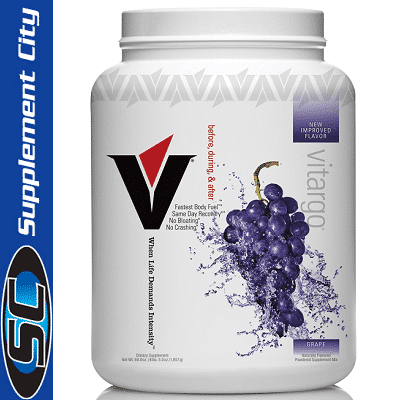

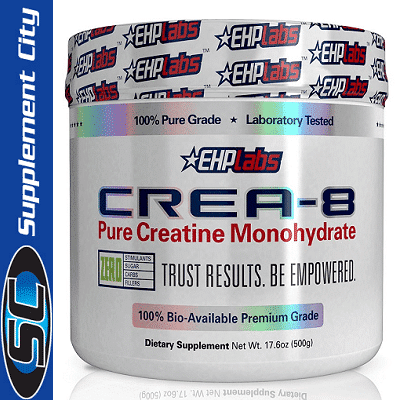
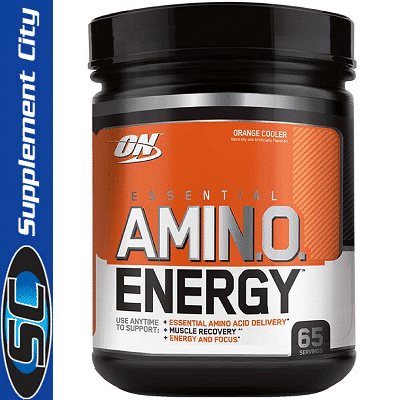
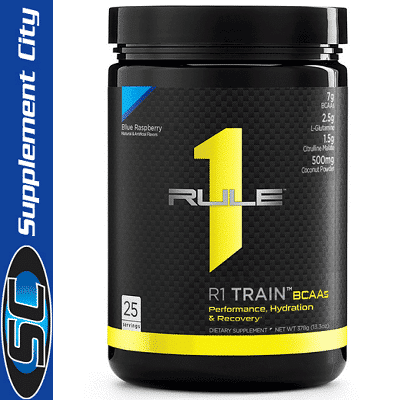
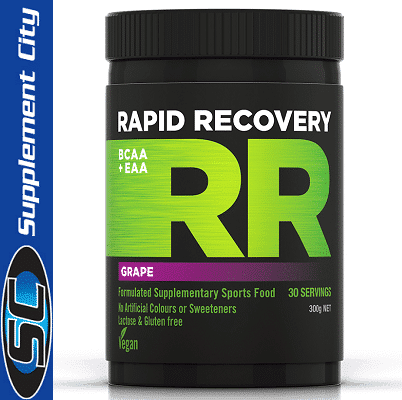
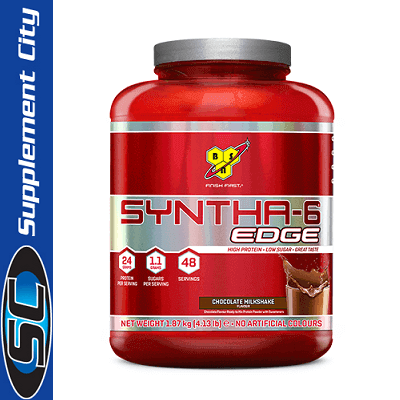
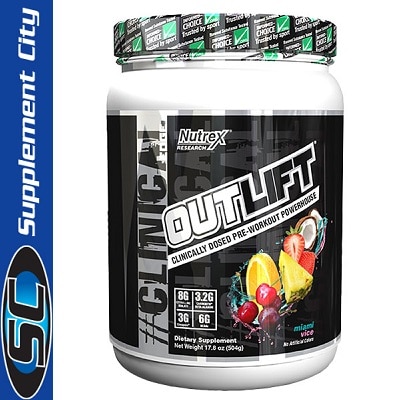
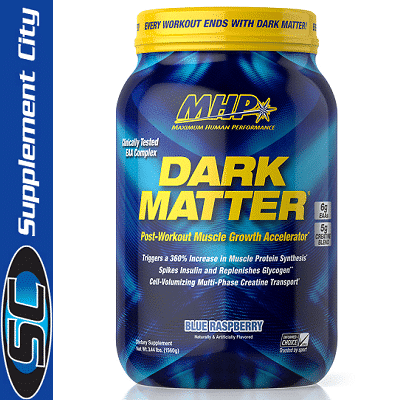
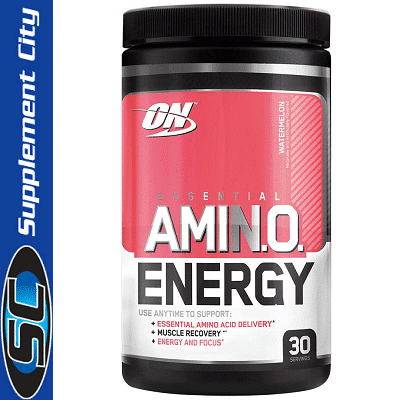
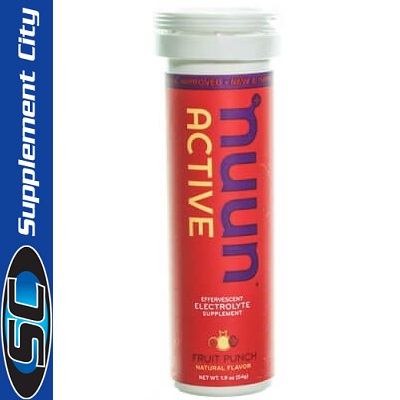
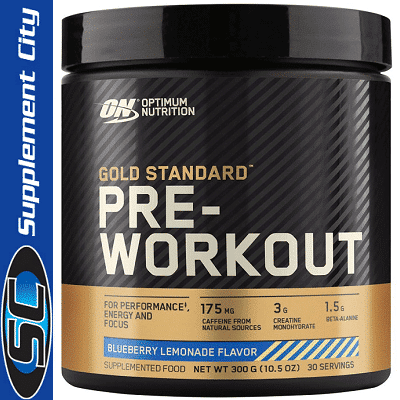


Reviews
There are no reviews yet.